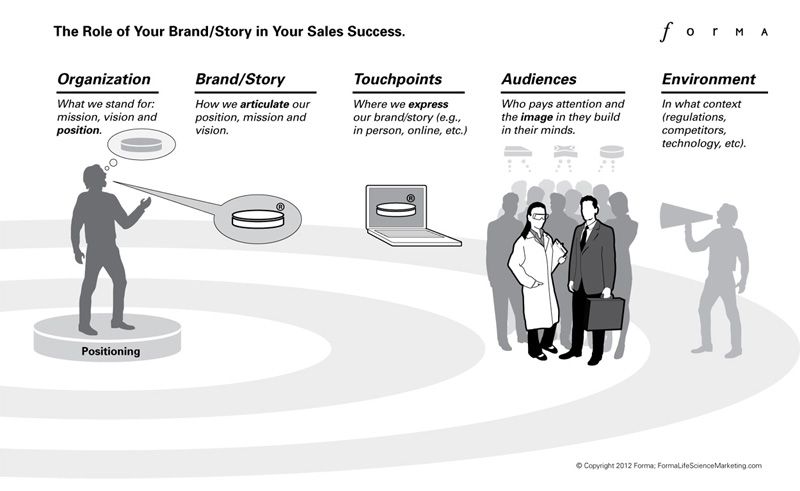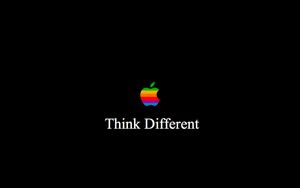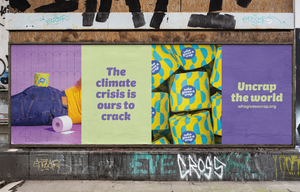We all know the story: in the late 1990s, a twenty-year-old Apple struggled to gain a share in the personal computer marketplace, overshadowing Microsoft. But by the early 2000s, Apple's fortunes dramatically shifted. Credit goes to the return of Steve Jobs, some financial backing from Microsoft, and a revolutionary marketing strategy focused on powerful storytelling.
The impact of "Think Different"
Apple's iconic "Think Different" campaign was vital to this strategy. The ads featured black-and-white images of cultural icons like Albert Einstein, Bob Dylan, and Martin Luther King Jr. Rather than focusing on product specifications or price points; Apple chose to tell a story—of rebellion, of thinking outside the box, and of challenging the status quo.
The narrative was simple but impactful: Apple products were for the innovators, the dreamers, and the rebels. And it worked spectacularly. People wanted to be part of this story, and Apple quickly ascended from the underdog position to become the tech titan we know today.
More than just a sales pitch
But "Think Different" was more than a way to sell computers. It was a way to sell an identity—a story, a feeling. And that's the power of compelling brand storytelling, a principle that holds even 26 years later. The better your storytelling, the more likely you are to instil trust in your customers, employees, and stakeholders.
The art of storytelling: tips for success
Creating a compelling brand story can be challenging but is undeniably rewarding. Here are some tips to guide you:
Begin with the end in mind
Create a blueprint for your story, covering aspects like the narrator, voice and tone, the reason behind the story, and the people involved. This roadmap will help ensure your narrative is coherent and engaging from start to finish.
Keep it real: case in point
Being genuine is crucial. For example, if you run a small family-owned restaurant, your story might revolve around family recipes passed down for generations. Mild exaggeration might be acceptable, but fabrications are a no-go.

Be consistent
Your storytelling should align with your brand's broader message. Ensure consistency across all communication channels, from the tone of voice to the language and areas of expertise.
Involve your customers
Incorporate testimonials or case studies that demonstrate your commitment to customer satisfaction. Customer validation lends credibility and makes the story more relatable to your audience.

Don't be boring
Captivate your audience with engaging language and anecdotes that keep the reader hooked until the end.
In conclusion
Storytelling is not just a marketing tactic—it's a powerful way to build a brand. You can establish a solid emotional connection with your audience by focusing on authentic, consistent, and engaging storytelling.

P.S. Apple's latest endeavor
Apple is at it again with a new video and story for its sustainability report. It's another example of powerful storytelling in action. What are your thoughts? Let us know in the comments below!






